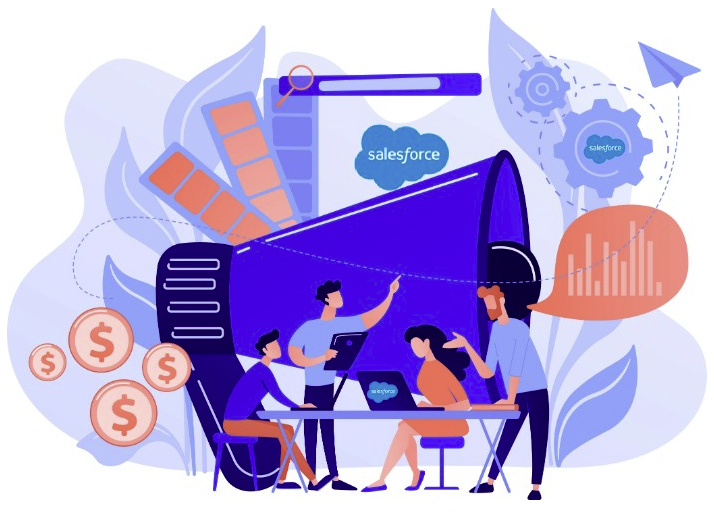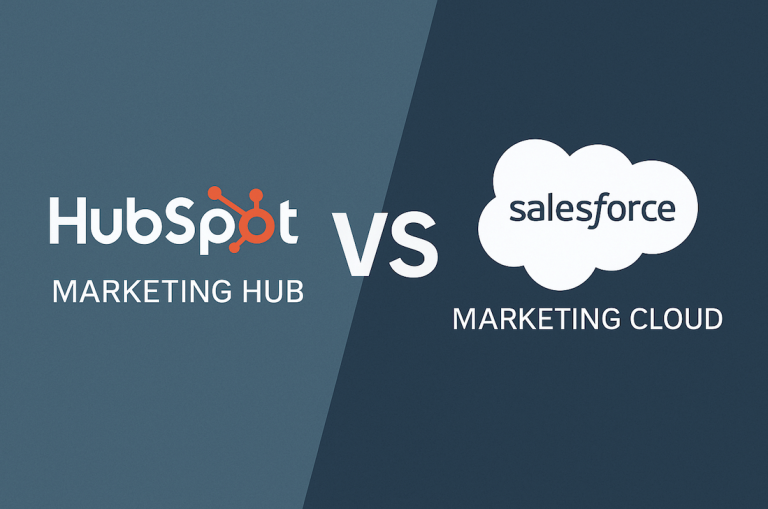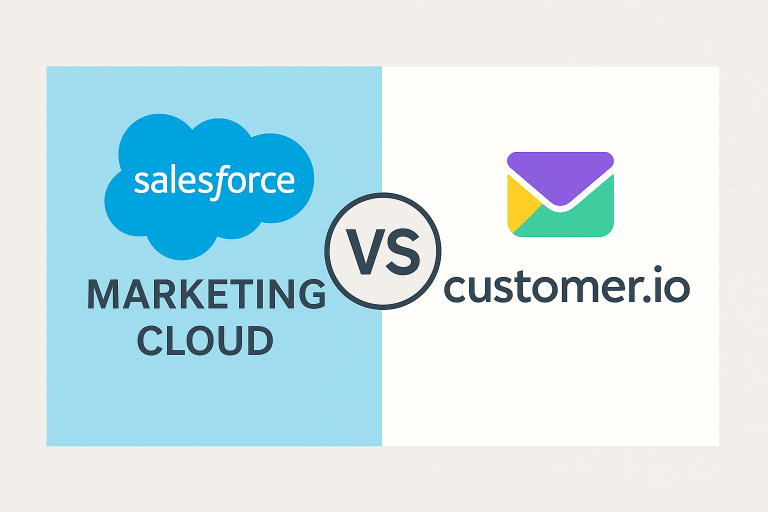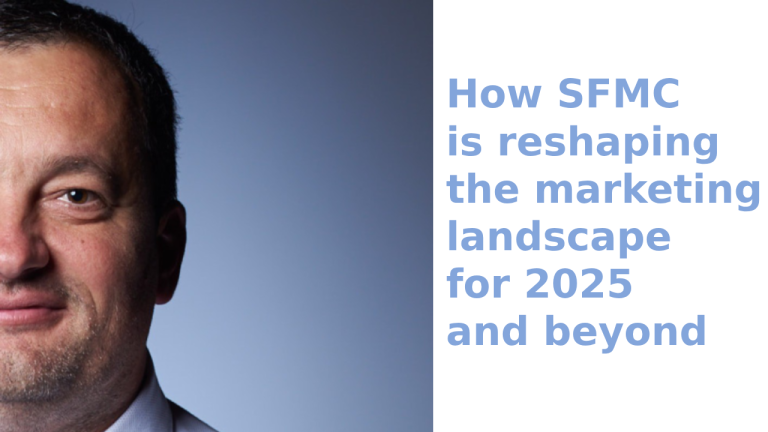Einstein Scoring Split in Journey Builder
The Einstein Scoring Split activity (a Journey Builder flow control) uses Salesforce’s AI-driven Engagement Scoring personas to route contacts into targeted paths.
It scores each subscriber’s likelihood to open, click, unsubscribe or convert (using email and MobilePush data) and groups them into personas (e.g. “Loyalists”, “Window Shoppers”, “Selective”, “Winback/Dormant”).
By feeding these scores into Journey splits, marketers can deliver the right message through the right channel at the right time.
Benefits of Einstein Scoring Split
- Higher engagement and conversions:
Einstein uses advanced ML to predict opens/clicks, so you send emails and messages only to customers likely to engage. Marketers can target “high-propensity” contacts with promotions and route less engaged contacts to nurturing paths. This personalization “helps you increase engagement and conversions” and focus spending on contacts most likely to convert.
For example, predictive routing lets you send offers to “subscribers who are more likely to open, or who are predicted to be highly engaged and have a strong propensity to buy,” directly driving ROI. - Segmentation and personalization:
The split automatically segments contacts by persona. Journey Builder adds separate paths for each segment you choose.
For instance, a retail marketer might route Loyalists (high open/click) to VIP offers, and Dormant subscribers to a reactivation campaign.
Each path can use tailored creative or even a different channel. Because Einstein Scoring “adds scores for every contact on the likelihood of open, clicks…fewer chances of unsubscribes and more chances of conversion,” campaigns become more relevant.
In practice, this means dynamic personalization with minimal manual setup: you “get segments…to target various personas” and send each persona “the right message…generating better engagement”. - Improved ROI and efficiency:
By prioritizing high-scoring leads and suppressing low-scoring ones, Einstein Scoring Split boosts ROI.
Forrester found Marketing Cloud customers achieved a 299% ROI (3-year) salesforce.com – outcomes enabled in part by Einstein features. Einstein’s predictive splits amplify this: one analysis notes that Einstein Scoring “can significantly amplify outreach programs by focusing efforts on those most likely to convert or engage, thereby optimizing marketing investments and enhancing overall ROI”.
It also improves efficiency: Marketing Cloud users report ~60% less time spent building campaigns, since AI automates the most complex segmentation. - Reduced churn and unsubscribe risk:
Einstein Scoring Split helps preserve your lists by avoiding over-mailing disengaged subscribers. The system “uses customer data and machine learning to assign scores” and specifically notes that targeting by score means “fewer chances of unsubscribes”.
In practice, you can identify low-propensity contacts (the “Winback/Dormant” persona) and either suppress them or send re-engagement messages.
CloudKettle recommends using scoring to suppress likely unsubscribers entirely, and to “send email to those who are likely to open, or reach Contacts using different channels who are less likely to open emails” cloudkettle.com.
The table below summarizes key benefits:
| Benefit | Description |
|---|---|
| Higher engagement & conversions | Score-based targeting ensures messages reach contacts likely to respond, driving up open/click rates. AI-driven splits deliver more relevant offers to engaged segments. |
| Better ROI | Focuses spend on high-propensity segments (e.g. “champions” of your brand), cutting waste on unlikely responders. Forrester found MC ROI ≈299% salesforce.com (Einstein features help). |
| Efficiency gains | Automates segmentation and journey splitting, saving ~60% of campaign build time salesforce.com. Marketers can deploy complex personalization without manual effort. |
| Lower churn/unsubscribes | Identifies disengaged subscribers for suppression or re-engagement, reducing opt-outs. Scoring yields “fewer chances of unsubscribes” by avoiding over-mailing low-engagement contacts. |
How to Use Einstein Scoring Split
Setup Steps
1. Before using the Split, activate Einstein Engagement Scoring in Marketing Cloud Setup (available in Corporate/Enterprise editions or as an add-on).
2. Then in Journey Builder, drag the Einstein Scoring Split activity onto the canvas. Click the split, choose the channel (Email or MobilePush) that matches your upcoming message, and click Next.
3. Select the Persona Split option (splitting by Einstein personas) and add a path for each segment you want (one path per persona). Journey Builder automatically adds a remainder path for any contacts not fitting your chosen segments.
4. Finally, connect each path to the appropriate messaging or marketing activity (e.g. email, SMS, push).
Supported Channels
Einstein Engagement Scoring covers email and mobile push by default. In a multi-channel journey, you can branch contacts to different channels based on their persona.
For example, if a contact is scored as unlikely to open email (e.g. a “Dormant” persona), you might instead send an SMS or mobile push notification. CloudKettle notes that you can “identify the best channel” using Einstein: send email to likely-openers, and use alternate channels for others cloudkettle.com.
SMS isn’t directly scored by Einstein, but scores can still inform SMS sends in a cross-channel strategy.
Use Cases: Einstein Scoring Splits excel wherever audience engagement varies.
Examples include:
- E-commerce:
Segment shoppers by predicted engagement. High-engagement customers (Loyalists/Enthusiasts) receive new-product or loyalty-offer emails, while low-engagers get win-back discounts or cart reminders on SMS/push.
For instance, a retailer using Einstein in its email journeys saw ~40% higher engagement and 15% more conversions by targeting and timing emails to receptive segments shiftparadigm.com.
Scoring Splits can also optimize cart-abandonment flows by sending stronger incentives to those most likely to resume shopping. - Financial Services:
Personalize outreach to banking or insurance customers. A bank might route “engaged” leads to credit card offers, while sending low-engagement or at-risk customers to educational content or retention offers via SMS.
In one case study, a global insurance firm used Einstein Engagement Scoring (with Journey analytics) and saw 25% higher lead conversion and 20% lower acquisition costs shiftparadigm.com. This reflects smarter targeting – focusing on contacts most likely to respond or convert. - Non-profit / NGOs:
Use scoring to tailor donation appeals and communications. Highly engaged donors (Loyalists) might receive major-donor solicitations or impact reports via email, while less-active subscribers get awareness-building newsletters or SMS reminders about events.
Research shows that AI-driven personalization boosts donor engagement by about 35% and improves retention (~27% higher donor retention) blog.helpyousponsor.com . By splitting supporters into personas, nonprofits can ensure each donor receives the most relevant channel and message. (For example, one guide notes that multi-channel, personalized messaging delivers ~40% better response rates than generic outreach blog.helpyousponsor.com.)
Best Practices
– Collect at least 90 days of email send data before using Einstein, as the model needs history to score effectively.
– Refresh scores regularly (Marketing Cloud does this daily) so that splits use up-to-date predictions.
– Always include a remainder path so no contacts are dropped.
– Test your splits by A/B checking paths or running Pilot sends first.
– Combine Einstein Split with other Einstein activities (e.g. Content Selection or Send Time Optimization) for full AI-driven personalization.
– And monitor metrics post-split: ensure each persona’s path is performing as expected, adjusting paths or messaging over time.
Drawbacks of Not Using Einstein Scoring Split
Without AI-driven splits, marketers risk generic, one-size-fits-all campaigns. Some consequences include:
- Lower performance:
Sending the same message to all ignores individual engagement history. As Uplers warns, without scoring you forgo “fewer chances of unsubscribes and more chances of conversion” email.uplers.com.
In practice, generic blasts often yield much lower open/click rates and conversions than targeted sends. - Wasted budget:
Marketing spend goes to uninterested contacts. CloudKettle notes that not using targeted splits means you’ll miss focusing on high-propensity segments (so your ROI drops) cloudkettle.com.
For example, without scoring you might email “Dormant” subscribers too often, burning resources. - Inefficiency and time costs:
Manual segmentation is laborious. Salesforce reports 60% campaign build-time savings with Marketing Cloud; foregoing Einstein means losing this efficiency.
Teams must spend many hours creating rules and lists that AI could generate instantly. - Higher churn:
Over-emailing disengaged contacts can prompt unsubscribes. Without suppression by Einstein scores, you risk irritating recipients.
In short, not using Einstein Scoring Split means missing out on the engagement lift and cost savings that dozens of organizations (Forrester study participants, global insurers, etc.) have achieved.
Real-World Results
Several case studies and benchmarks illustrate the impact of Einstein-driven segmentation:
- Retail/E-commerce:
Companies using Einstein AI in email journeys report ~40% higher engagement and 15% higher conversion compared to their legacy campaigns shiftparadigm.com. (While this example used Send Time and Content Selection, the same customers also leverage Splits for personalization.) - Financial/Insurance:
As noted, Einstein Engagement Scoring helped one insurance firm boost lead conversion by 25% and cut acquisition costs by 20% shiftparadigm.com. This demonstrates how predictive targeting improves ROI in regulated industries with long sales cycles. - Non-profit:
Organizations that combine data and AI for personalization see dramatic gains. One industry analysis found AI-powered personalized messaging drives 35% higher donor engagement, multi-channel campaigns ~40% better response, and yields 27% higher donor retentionblog.helpyousponsor.com. This underscores how Einstein’s persona splits – part of a personalized strategy – can significantly lift fundraising results. - Broad ROI:
A Forrester TEI study found Marketing Cloud (incorporating Einstein features) delivers ~299% ROI over 3 years salesforce.com. CloudKettle explicitly notes that “Einstein Engagement Scoring… drives ROI by sending targeted campaigns to subscribers who are more likely to open [or engage]” cloudkettle.com.
In practice, brands see more revenue per send and fewer wasted impressions when they use Scoring Splits versus blanket sends.
Key Takeaway
Einstein Scoring Split enables truly personalized, data-driven journeys. By routing customers down AI-powered persona paths, businesses (from e-commerce to finance to nonprofits) see measurably higher engagement and ROI.
Conversely, neglecting this feature risks generic outreach that underperforms, wastes resources, and yields lower ROI.
Conclusion
In a digital landscape where attention is scarce and competition is fierce, Einstein Scoring Split is more than just a “nice-to-have” — it’s a competitive advantage. By leveraging Salesforce’s AI to predict engagement and automatically route contacts into tailored journeys, marketers can maximize every send, every impression, and every dollar spent.
The result? Higher engagement from the customers who matter most, smarter allocation of marketing resources, and reduced churn from disengaged audiences. Whether you’re in retail, finance, or the non-profit sector, the data is clear: predictive, persona-based targeting consistently outperforms generic, one-size-fits-all campaigns.
Marketers who embrace Einstein Scoring Split don’t just improve campaign metrics — they build stronger, more relevant relationships with their audiences, turning data into action and AI into ROI. Those who ignore it risk being left behind in a world where personalization is no longer optional but expected.







